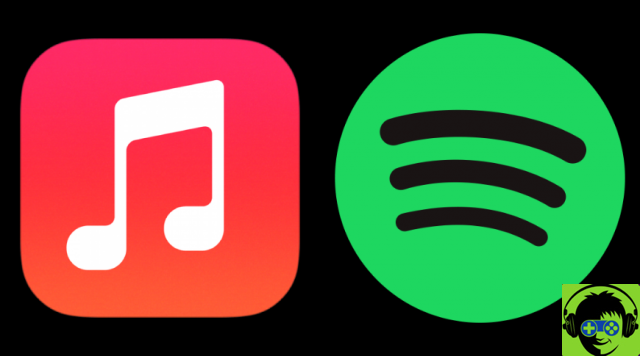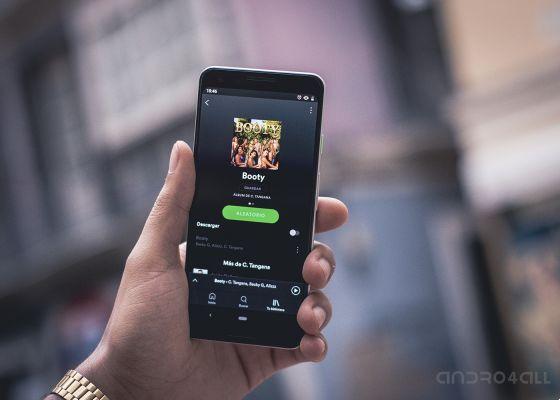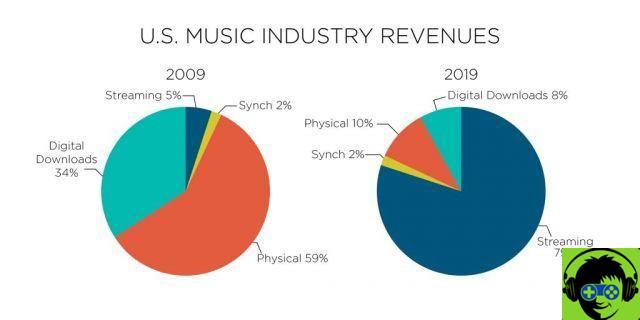The app that changed the way the world listened to music and transformed the entire music industry has disappeared, but its heirs continue the legacy through Apple Music and other apps. Now that Apple has sent iTunes to app paradise, breaking them up into different parts, let's briefly retrace its trajectory.
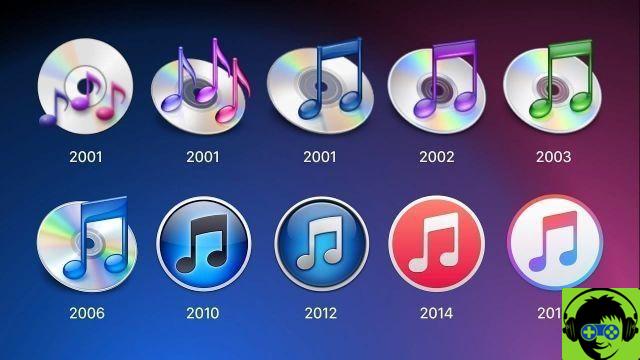
As we described in the article on syncing iPhone to Mac without cables, the current promise of streaming subscription services is that you can listen to any song you want… as long as it fits popular tastes, of course. If you like minority music, you have little chance that it is on your preferred platform.
That the loss of "possession" of music is one more step towards the alienation of each individual is an argument for another occasion, but no less vital.
The road begins on January 9, 2001
What used to be called iTunes has now been disaggregated into the Music, Podcast and TV apps, although the iTunes Store and iTunes Match remain, as well as iTunes for Windows, but we no longer have the application that did it all, and that we learned to to hate while we loved her.
The ever-expanding features of iTunes have always been greeted by the WWDC audience with cheers and cheers, as if they were new milestones in Apple's technological breakthrough that until then had been off limits to mortals, but it's impossible to forget that when iTunes was released, it was fast, efficient, easy to handle… and it ended up being a caricature of itself.

By the turn of the second millennium, the CD was already starting to look out of date. You had to carry a lot of records everywhere, even the cars had included multi-CD changers so that listening to music was a less intrusive ordeal. CDs broke and scratched. They were better than vinyl, of course, but as computers increased storage capacity, people started digitizing their records to have a backup copy, create their own compilations and listen to them on the computer itself without taking up the CD player. .

Regardless, digitizing CDs was a real experience, especially as opposed to inserting a CD into the player and hitting the play button. The arrival of the Internet allowed many users to stop digitizing their physical copies and turned to sharing services to download copies that other users had placed online. Napster and other similar initiatives have sent waves of electric shock to the music industry, threatening to bring down the industry that was built around artists to market their work.
Apple's solution has made downloading music legal, easy… and affordable. This is what caused the appearance of iTunes Music Store back in 2003, but first he had to get us all used to having our music on our computers, creating playlists, burning CDs with them… something he tagged with the catchy "Digital Lifestyle". And with him he launched us all into a career of innovation that transformed the world of culture in a way that society continues to struggle to assimilate (and it's not over).
In the offices, Jobs knew that Apple was lagging behind. In his later years he confessed to his biographer Walter Isaacson that Apple had been allowed to "eat the toast" by other companies that had included CD recorders while Apple continued to offer only players.
"We lost the boat on that innovation," he said. "So we had to quickly put our batteries together." And boy did they!
Catch up on shopping
The shooting of the train began with the launch of iTunes. Rather than inventing their own app, Apple has initiated conversations with companies that currently have two of the best MP3 player apps, Panic with Audion and Casady & Greene with SoundJam MP.
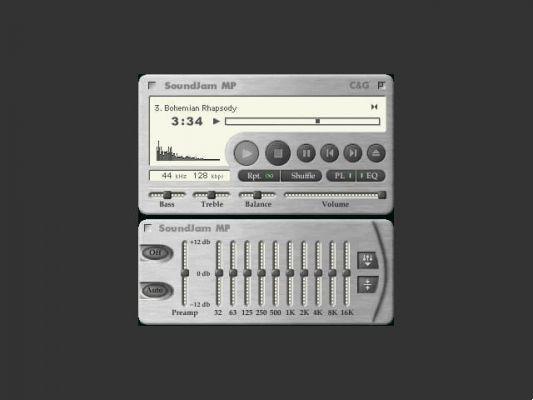
According to Cabel Sasser, co-founder of Panic, Apple contacted Panic in June 2000, asking "the future direction Audion would take." You can read the interview we did with Cabel Sasser fifteen years ago!
The panic was at that time in talks with AOL (America OnLine, at that time a giant, now disappeared). "The meeting collided with Apple," says Sasser. I spoke to AOL executives to get them involved. It seemed right, since they contacted us first and it could happen that this meeting with Apple would accelerate the purchase ”.
AOL refused to take part in the meeting and Cabel Sasser tried to transfer a new one, but Apple bought the SoundJam MP.
Although the SoundJamp MP was already one of the best players on the market, it was still too complex for Apple, so they simplified it. They removed the ability to change the look of the app (what's been called "change the skin") so that it only had one look and one interface to learn.
This simpler, redesigned app was unveiled by Steve Jobs as iTunes 1.0, running as Mac OS 9, at Macworld on January 9, 2001.
Before unveiling it, Jobs did his usual thing of setting the stage in such a way that the Apple product looks obvious, the best away from the competition.
"There is a musical revolution taking place right now," he began.
He talked at length about CD burning, something that is now forgotten, but which was then of an unimaginable size. "People are burning CDs like crazy," Jobs said. How many blank CDs were sold in America in 2000? Try to guess. Do you know how many? 320 million. The US census came out just two weeks ago, and there are 281 million people in this country. "
Then he started talking about how the music played on the computer. He talked about the MP3 format and taught what the main MP3 apps were.
“If we look at these products, something is evident, especially if you don't use them,” he continued. “They are too complex. They are difficult to learn and use. I've talked to a lot of people who use them and they don't know three quarters of what the software can do, because it's too complicated ”.
Explaining how poor and hostile all of these apps were towards the consumer, he also pointed out that most had restrictions such as speed caps or limitations on the audio quality of the music, until you paid for an upgrade.
“Today we're going to change that,” Jobs announced, “with something we call iTunes. As I said, we are late for the party, but we will take a giant leap ”.
The original iTunes didn't have the restrictions it had complained about, but most of all it was easy to understand. It had a giant play button, there was a list of your music. You knew what to do.
If you used iTunes in those early days, you will recognize that it was simple, but you probably weren't aware of how extremely complex it had become. Since Apple added features once a year, you took on its complexity as you used it.
The first change was significant, albeit not visible. In March 2001, Apple released the version of iTunes for Mac OS X. In October, it released iTunes 2 and it was just different from the first version, it just added compatibility with the new iPod ... something that, quietly, meant the beginning. of the revolution in the way of listening to music and the beginning of the new phase of Apple as the dominator of consumer electronics.
Version 4 of iTunes, released in 2003, added the iTunes Store. Now you had all your music, but also the ability to find, it seems, any song and buy it. The music playing app had become the music buying app.
Soon after, in what was both an obvious extension of the music store, but also a little weird for a music player, iTunes became the place to shop and watch movies.
We all know how the music, film and television series store (even though the latter never spread outside the United States) changed the way these products were marketed and sold. We now know that Apple has also become a manufacturer. We know that “Services” revenue is Apple's goal in this new decade. However, originally, the stores intended to sell devices
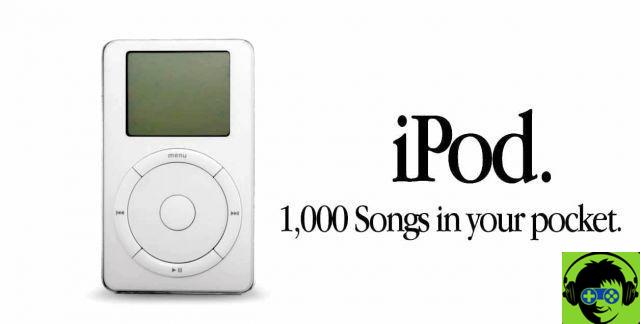
In the words of Phil Schiller: "With the iPod we make money, with the iTunes Music Store, no."
For Apple, it made sense to make iTunes the way you sync your iPod - you had music on your Mac, you wanted it on your iPod. iTunes was clearly the right way to do it. Similarly, we could understand why adding the ability to download and play podcasts to iTunes made sense in 2005. It certainly worked well for Apple and we all got used to it without any problems… at least in the beginning.
So when the iPhone and later the iPad arrived, it also made sense that they could be synced. Although both, especially the iPhone, needed to sync a lot more data, these iOS devices had the ability to play music.
As far as you can understand why all devices had to sync via iTunes, it's harder to justify why iTunes had to become a social network as well.

In 2010, iTunes, the app that plays music and videos, sells music and videos, and syncs with your iPod and iPhone, added Ping.
At the time, the justification for adding Ping to iTunes was that Apple wanted to create their own social network and iTunes was the most used app and the iTunes Store the most successful service.
Ping had a musical orientation. He intended to connect artists and fans, but failed. Apple ditched it in 2012, although it later added support for Facebook and Twitter to iTunes.
So a decade after introducing it as an easy-to-use app that was a huge step up from the competition, things had changed.
Now iTunes was an app that played music, played movies, series, sold music, sold or rented movies and series, set up and created backup copies of iPhones, iPods, iPads, synced podcasts, sold phone tones, and used to share links to Facebook and Twitter. We just run out of writing it.
And in 2015 they added Apple Music.
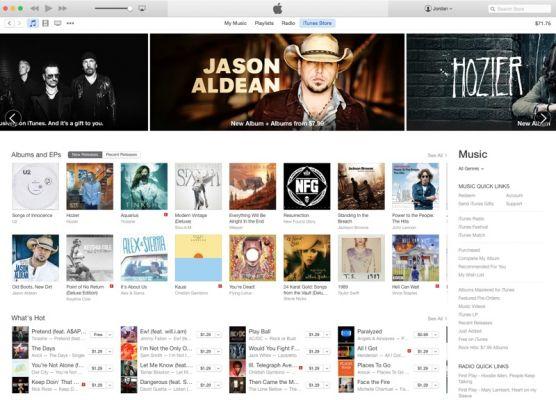
With the exception of Ping, which didn't work, and the Facebook / Twitter integration that no one was using, every element that was added to iTunes needed improvement.
And of course, using the app you already know to introduce you to the newly added features was almost fantastic.
Only for both Apple and us, who used the software on a daily basis by integrating the annual iTunes expansions into our daily experience, it was impossible to see anything that was evident to newcomers (who were more and more, thanks to the success of the devices) of Apple). If you were new to 2015 and opened iTunes for the first time, it had become an extremely confusing app to use and extremely slow to sync.
So when Apple announced that (finally, after years of rumors) it would split iTunes into separate apps for core functions, people went wild.
Of course, they also screamed for joy in 2001, when Steve Jobs first announced iTunes, and while we may not miss the elephant app he ended up becoming, we miss everything it meant to us, like users of Apple's products.
In any case, both those who were happy with the birth of iTunes in 2001, and those who were happy with its disappearance in 2005, both did so for the same reasons.
Apple took something complicated and simplified it. Twice.
For us the program where we play our music will always be iTunes, because it has meaning for us. While the anemic name "Music" is boring, impersonal, neutral… in short, the opposite of what the experience should be on the Mac, or on the iPhone, for that matter.
Goodbye, iTunes.








